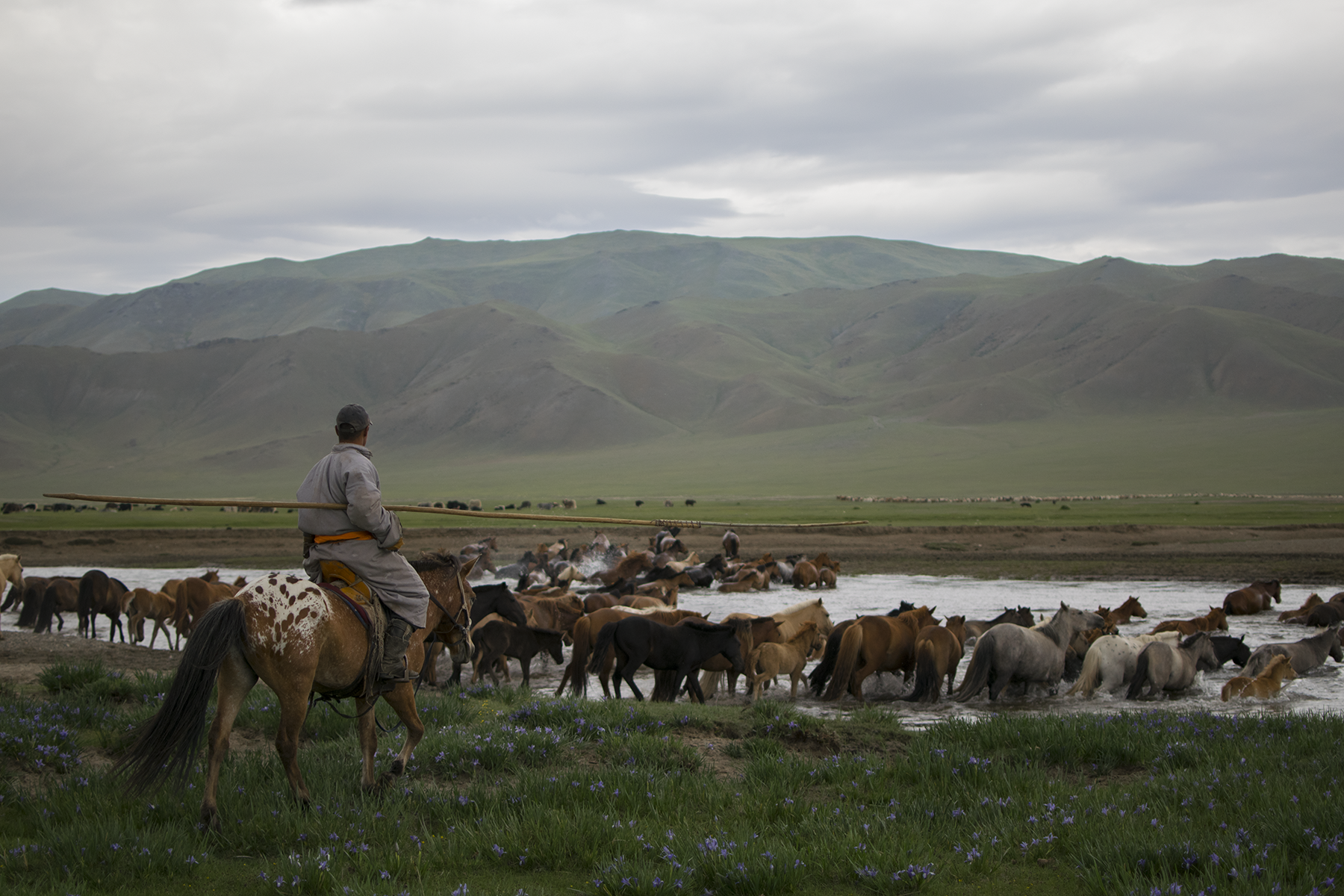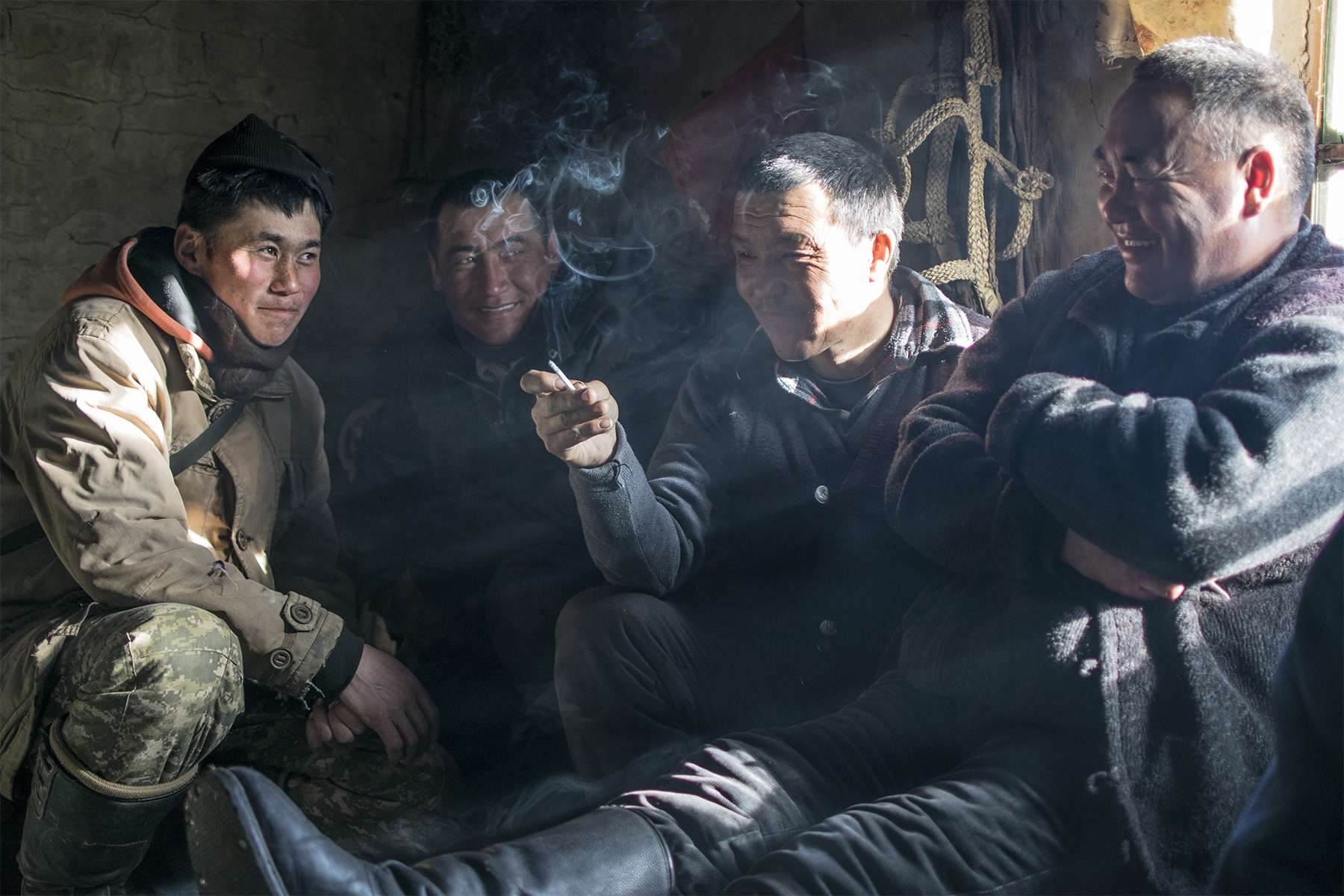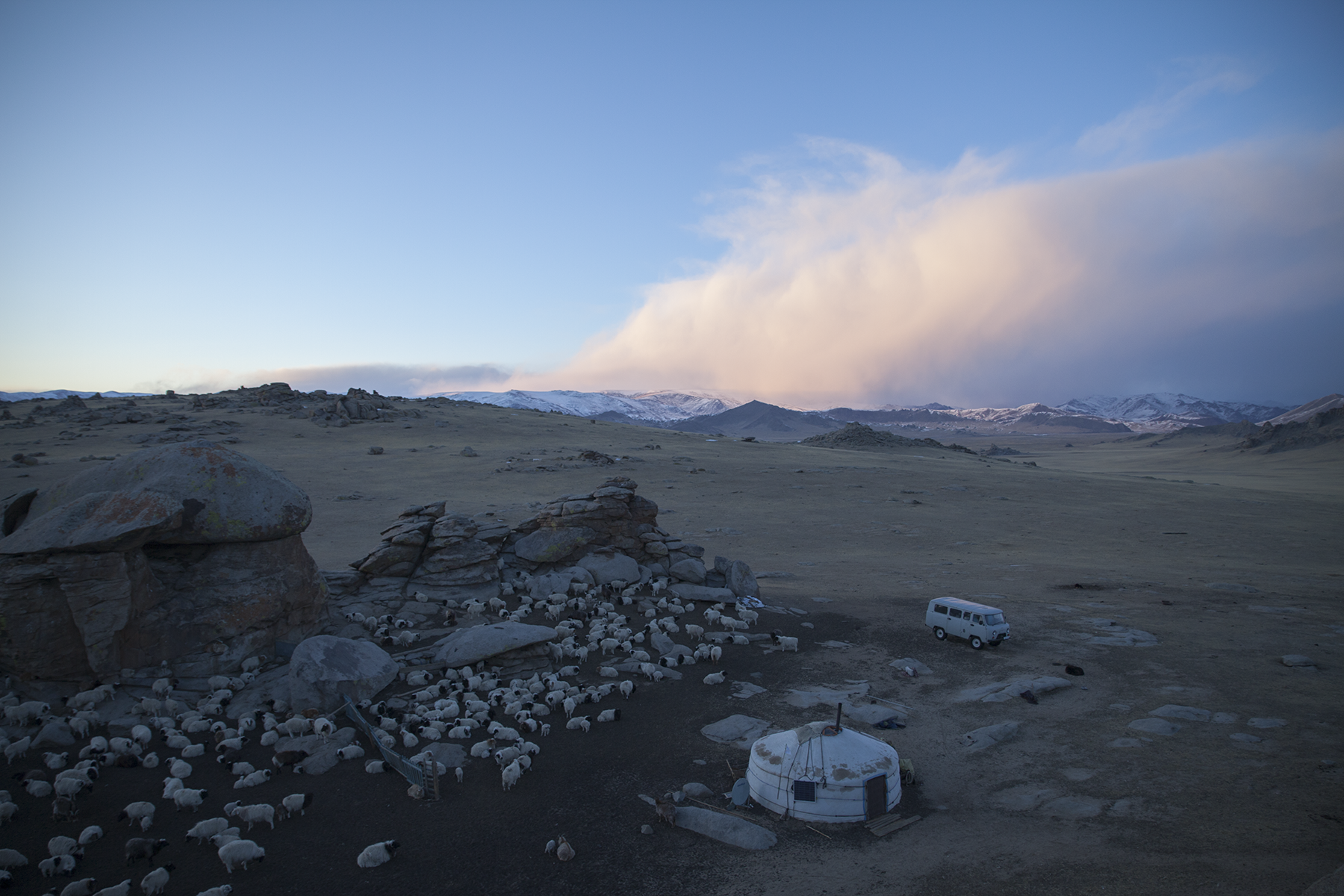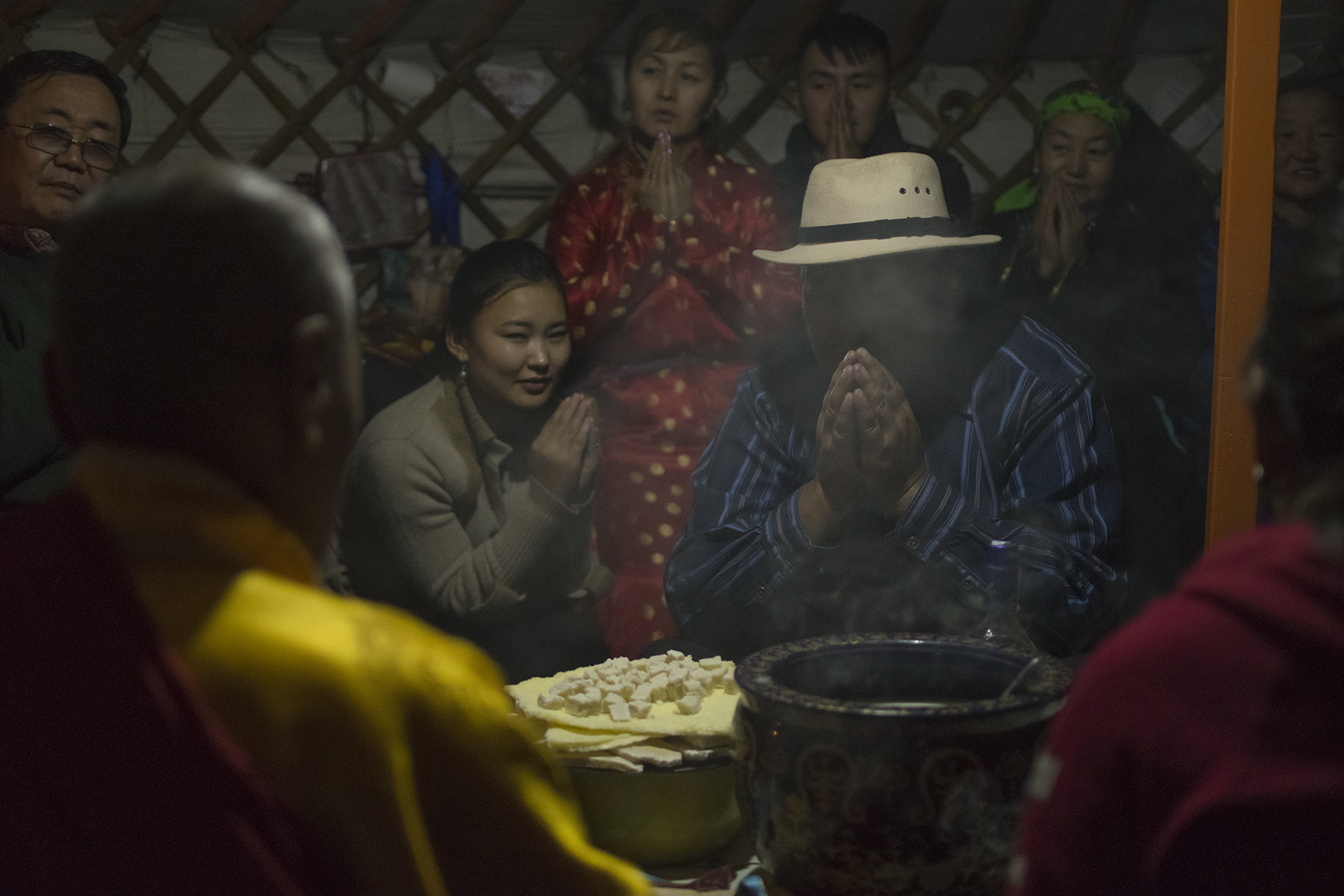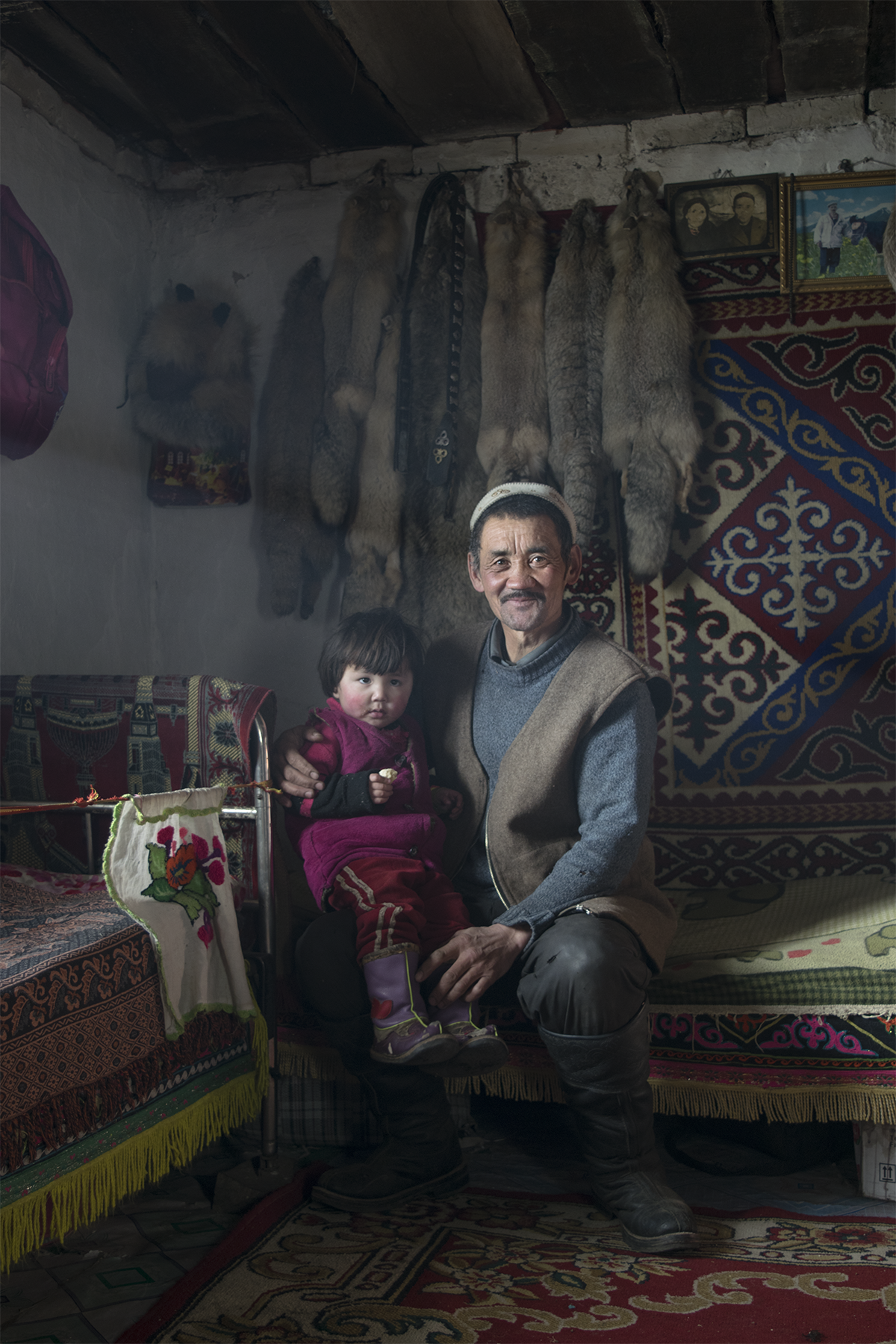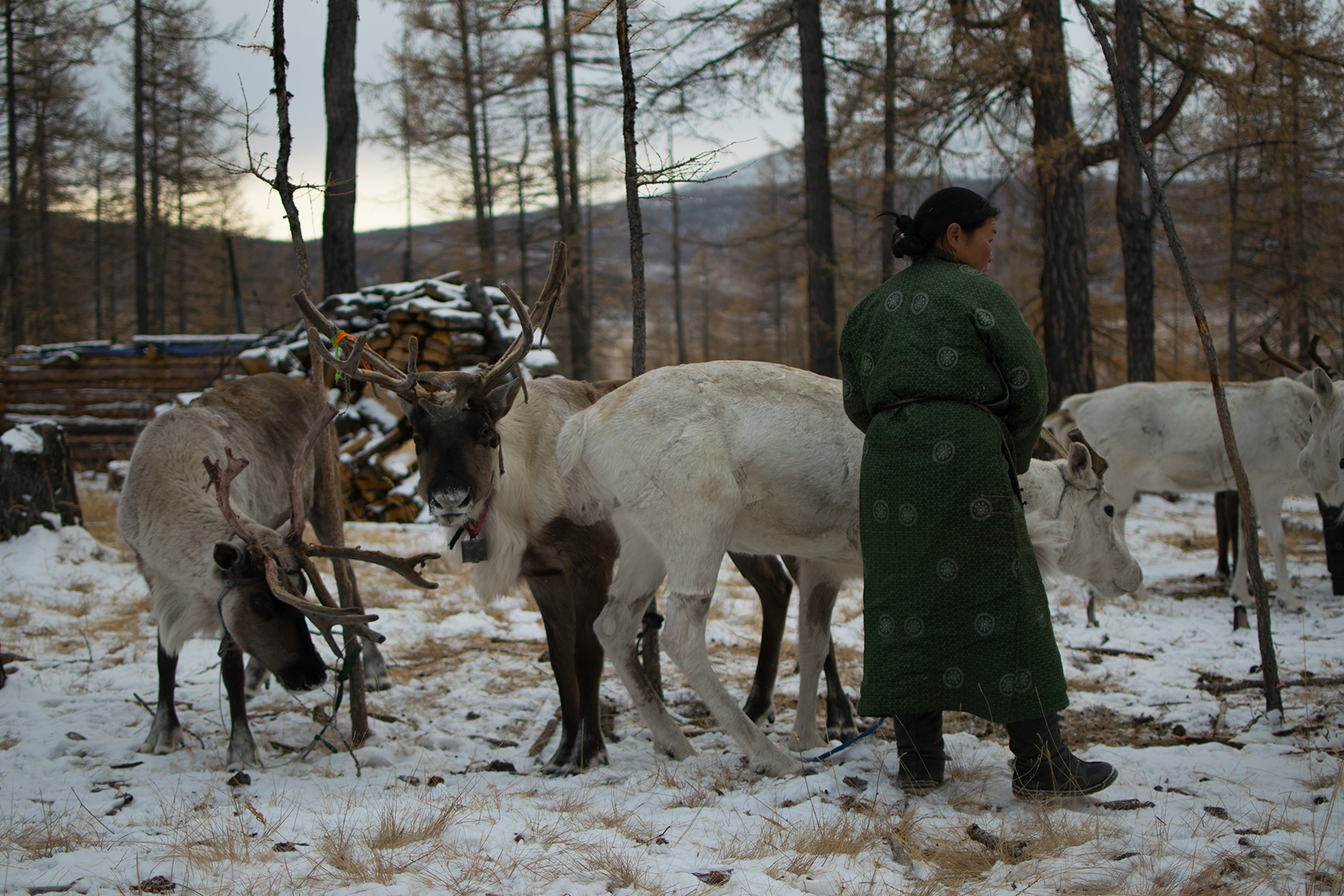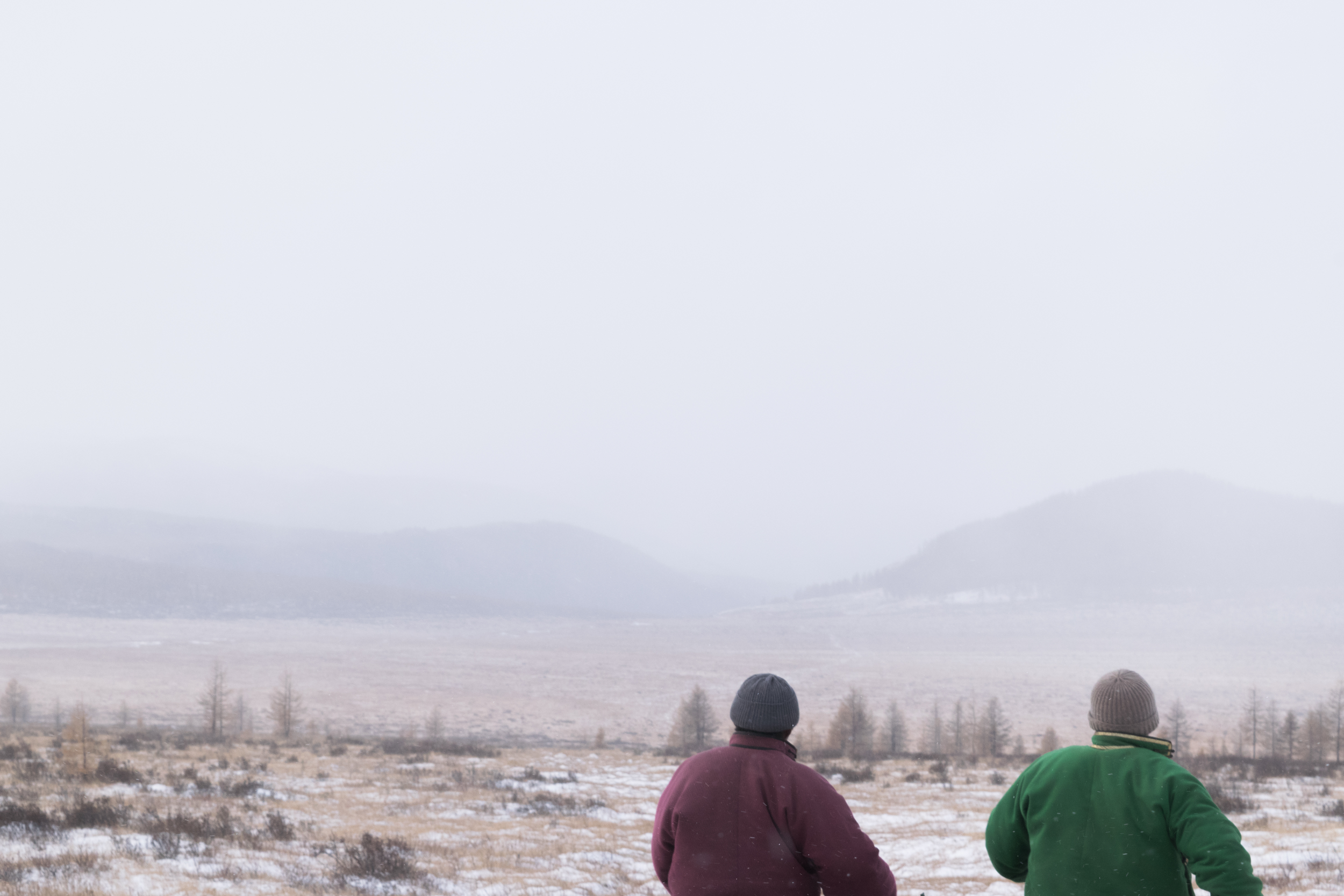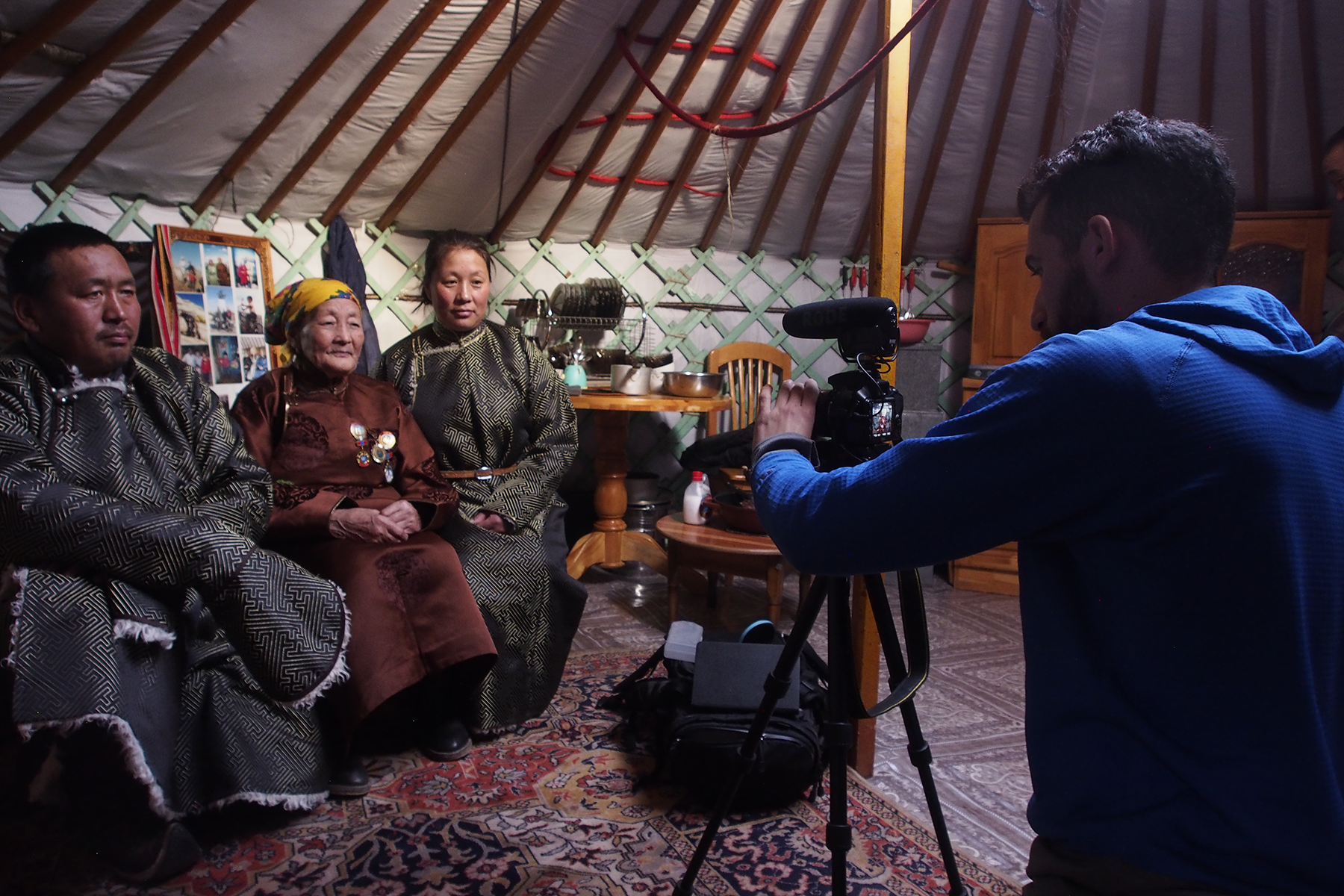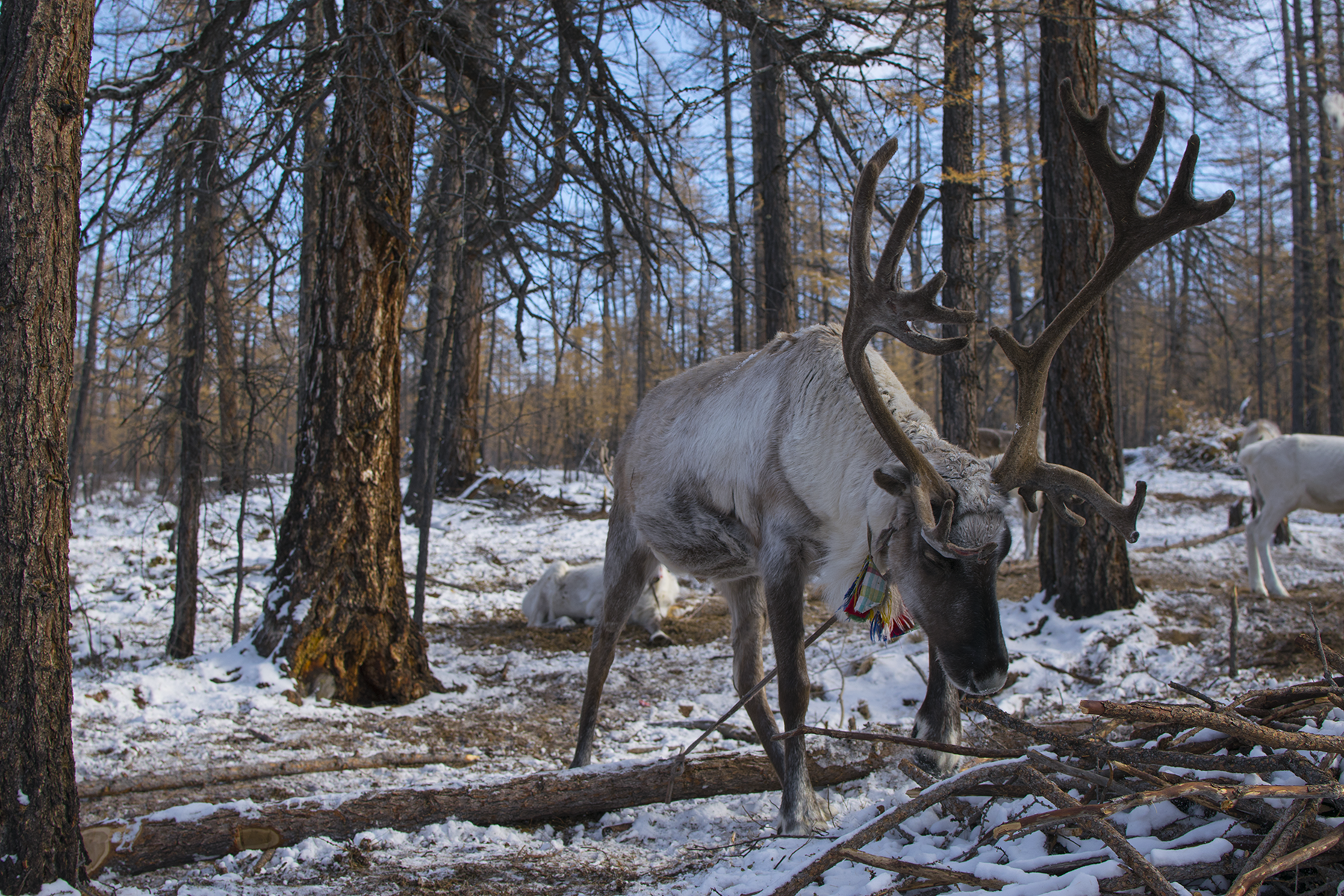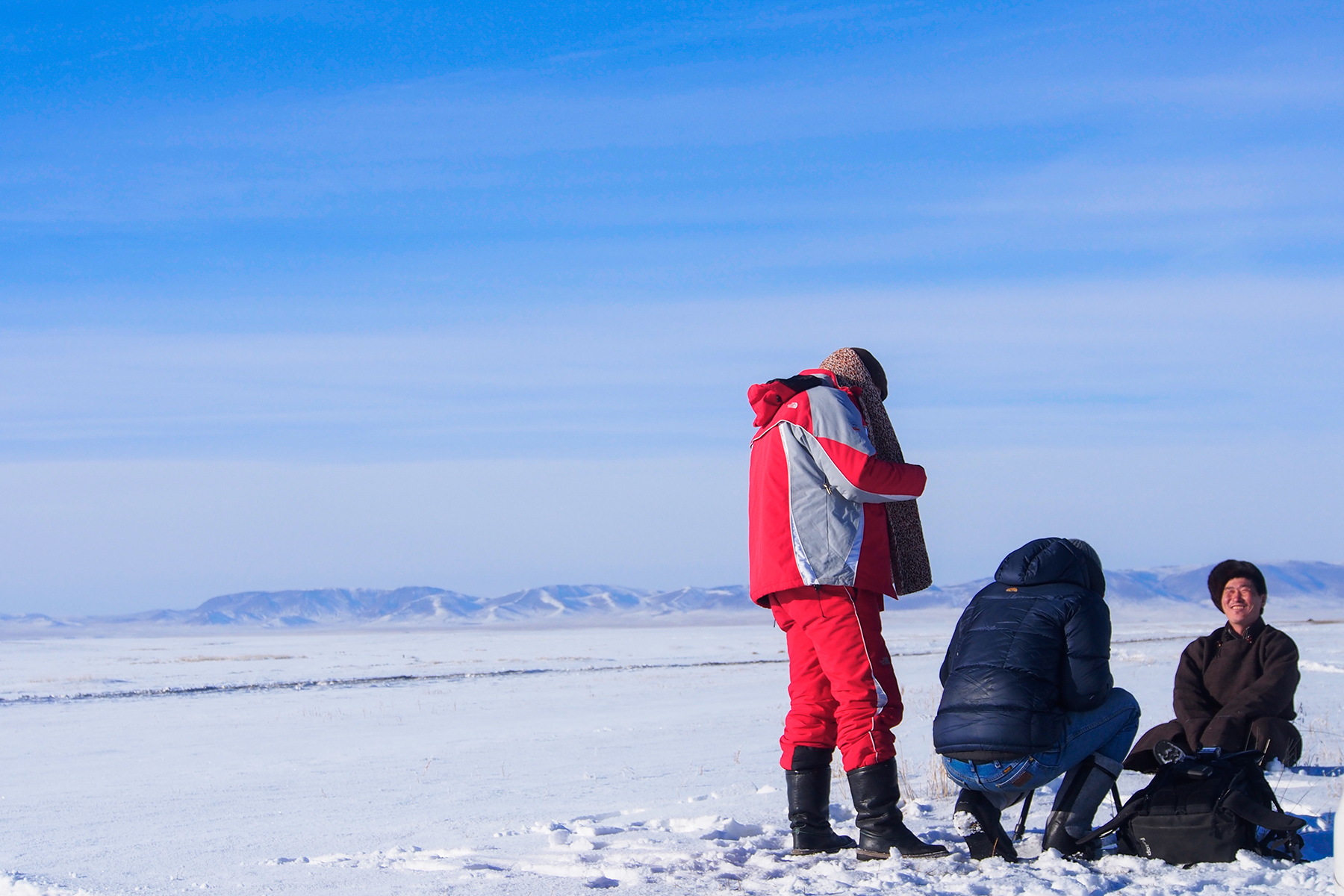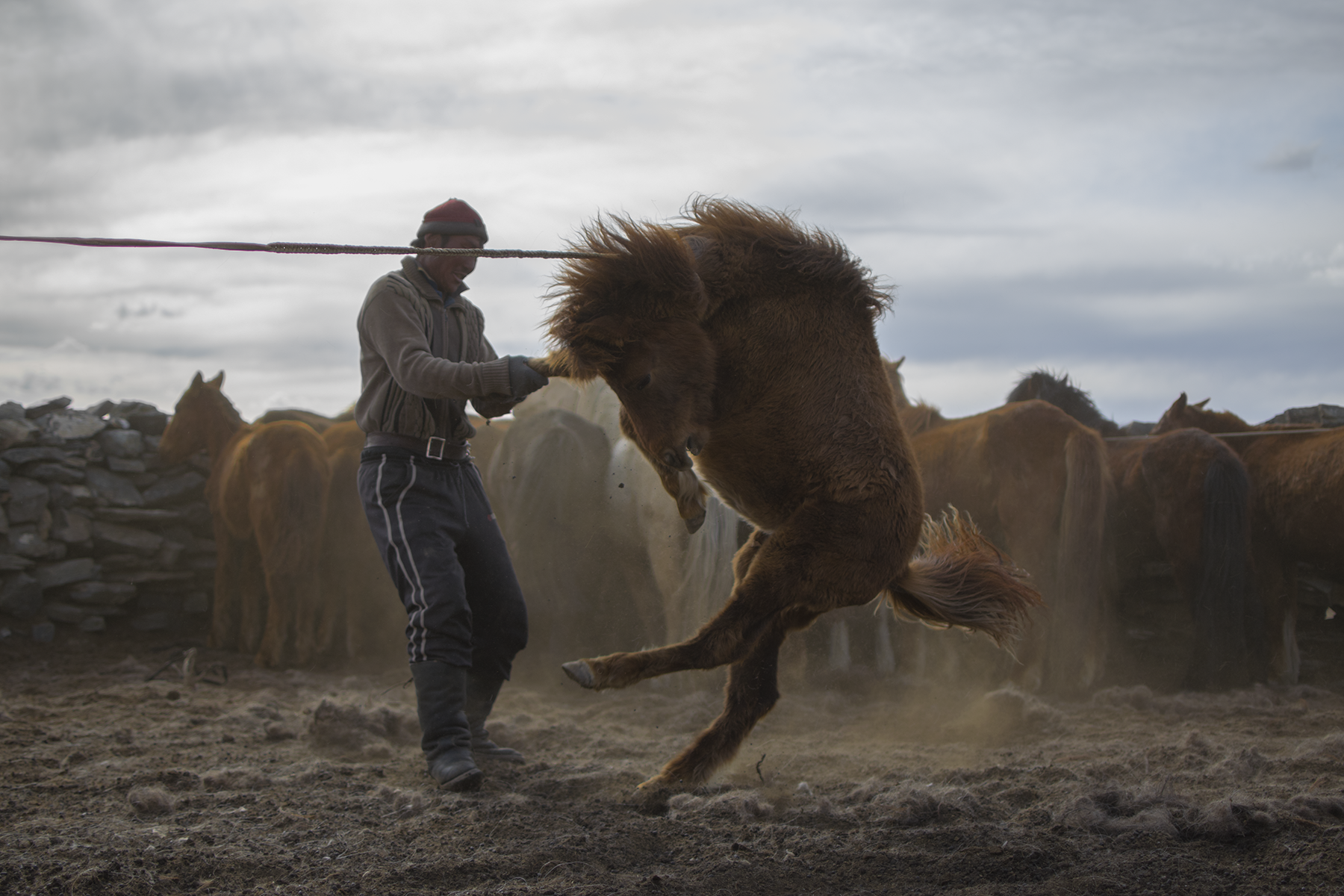It’s 11 PM, and I’m at a party in a small apartment in Newport Beach, California. So far, the night is perfectly enjoyable: everyone has become socially lubricated, jokes are being cracked, the shindig is progressing without a hitch. That is, until I begin to hear what I am sure is the same song that played not 20 minutes ago. At first, I wasn’t sure if this had been intentional. Maybe someone felt the need to hear the track one more time because “This is my jam!” or just for good measure. This seemed unlikely, however, seeing as music was being streamed from a phone, which remained in the host’s pocket. More likely, he had put on Pandora or some Spotify playlist on shuffle and was letting it play, inevitably leading to repetition. Whatever the case, it was clear that this host had not and was not selecting the music.
What song I cannot for the life of me remember (the details of the night are a bit hazy). What I do remember is turning to my girlfriend and remarking “This song was played twice,” expecting some form of concurring nod or at least look in her eyes that said “I know, darling, what philistines.” Instead, she gave me that blank stare I often receive when I’m perturbed about something that no one else seems give a damn about in the slightest.
Luckily, I had the social sense not to make a big deal about it at the party. Nonetheless, this incident, along with a few similar musical faux pas, compelled me to type a few lines in promotion of the self-curated playlist.
Why does the party playlist matter?
When you’re getting ready for a party, what do you do? Assuming the people coming over are people you care about, you probably clean the apartment, empty the dish rack, and dust (if you’re like me, for the first time in months). Maybe you do some decorating — hang some old christmas lights or whatever. You think about food choices: is this a snack affair or a dinner party? Will we be making late night spaghetti? Will there be guac (that's rhetorical, obviously there should always be guac).
Why do you do these things? Well, because they set the stage for the party. You’re creating a space, hopefully, that is conducive to an enjoyable night. For me personally, the musical ambience of a party is perhaps the most critical aspect of any rendezvous. Music sets the tone and guides the trajectory the mood. It’s like the rudder of a skiff: you may not be explicitly aware of it, but it is always steering you one way or another.
Whether you are having club banger or dinner and game night, what music is underwriting the evening will nearly always be a significant factor in the success of the party. You have to get people moving, spark conversation, bring out nostalgia, etc. Anyone who has been to a party without a background music playlist, or worse yet, a terrible one, knows that it’s an awkward and unpleasant experience. The conversation dulls, people begin to look into their phones, it’s like a sail boat without wind — dead in the water (last nautical metaphor, I promise). You need music in order to demonstrate how people should feel and what they should do.
Sure, but does that mean I need to curate the playlist myself?
“Curated Playlists” are all the buzz right now. Spotify, Apple Music, 8Tracks all these services offer playlists to meet any number of situations or moods: “Pre-Party R&B Jams,” “Magical Wanderlust,” and, my personal favorite, “i don’t even know anymore” (yes, the “i” was intentionally done that way), just to name just a few. One wonders if we will ever have to pick another song ourselves again.
This is not the beginning of a rant about Spotify playlists. I listen to them all the time and have discovered lots of wonderful music through them (and we at Transverso even occasionally offer up our own). Instead, the point is that settling for one of those playlists for a party is low-hanging fruit. You can do better.
When you are going to have people over to your home, you ought to take the time to craft your musical ambience.
The reason is one of identity and investment. Whether you like it or not, your music choices represent who you are. This may seem like a rather grandiose statement, but I mean it with complete sincerity. Your music choices matter because they are representative of your taste, and in turn, your character. When I hear a playlist that someone has made, I feel like I’m gaining insight into who they are. They’re showing me what they like and what moves them, and you can’t really get more personal then that.
More importantly, curating your own playlist shows your investment in your friends. Selecting songs for a playlist takes immense love and care. You must studiously assess the goals for the evening (cerebral discourse, sloppy dance floor make-outs, spirit animal discovery, etc.) and the company who will be attending (e.g. can you get away with a deep cut from The Books or will that make everyone uncomfortable in a bad way?). When you hand select your songs, you’re doing it for the benefit of your friends. It shows that you understand them, that you remember what it is they like, and that you care about their happiness. It also gives you the opportunity to share a part yourself with your friends through the music you’ve been listening to. The playlist is an unspoken conversation between you and your guests. Make it articulate. Make it authentic.
This may feel like a lot of hard work and pressure to be putting one aspect of the evening, but your effort will always payoff. Trust me, there is nothing quite as satisfying as noticing one of your party guests looking over toward the speakers, tuning-in, and wandering over to the laptop to discover whose playing.
Should I feel bad about myself now?
Look, we’ve all been in a pinch where people are coming over unexpectedly and we need something quick. I’m as guilty as anyone. You shouldn’t feel like plebeian because you didn’t self-curate the playlist. My argument is simply that spending time self-selecting songs, especially in a culture where more and more is curated for us, can mean a great deal. So when you decide to throw a party in advance, invest the time to pick and sequence your songs. Your party and its guests will thank you for it.








